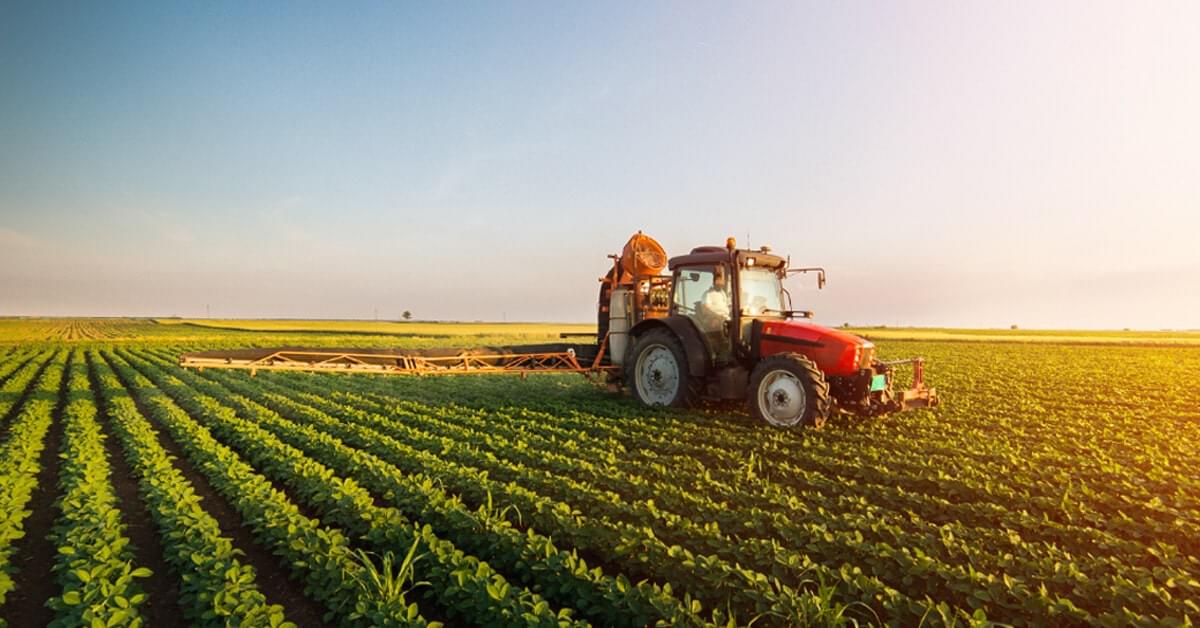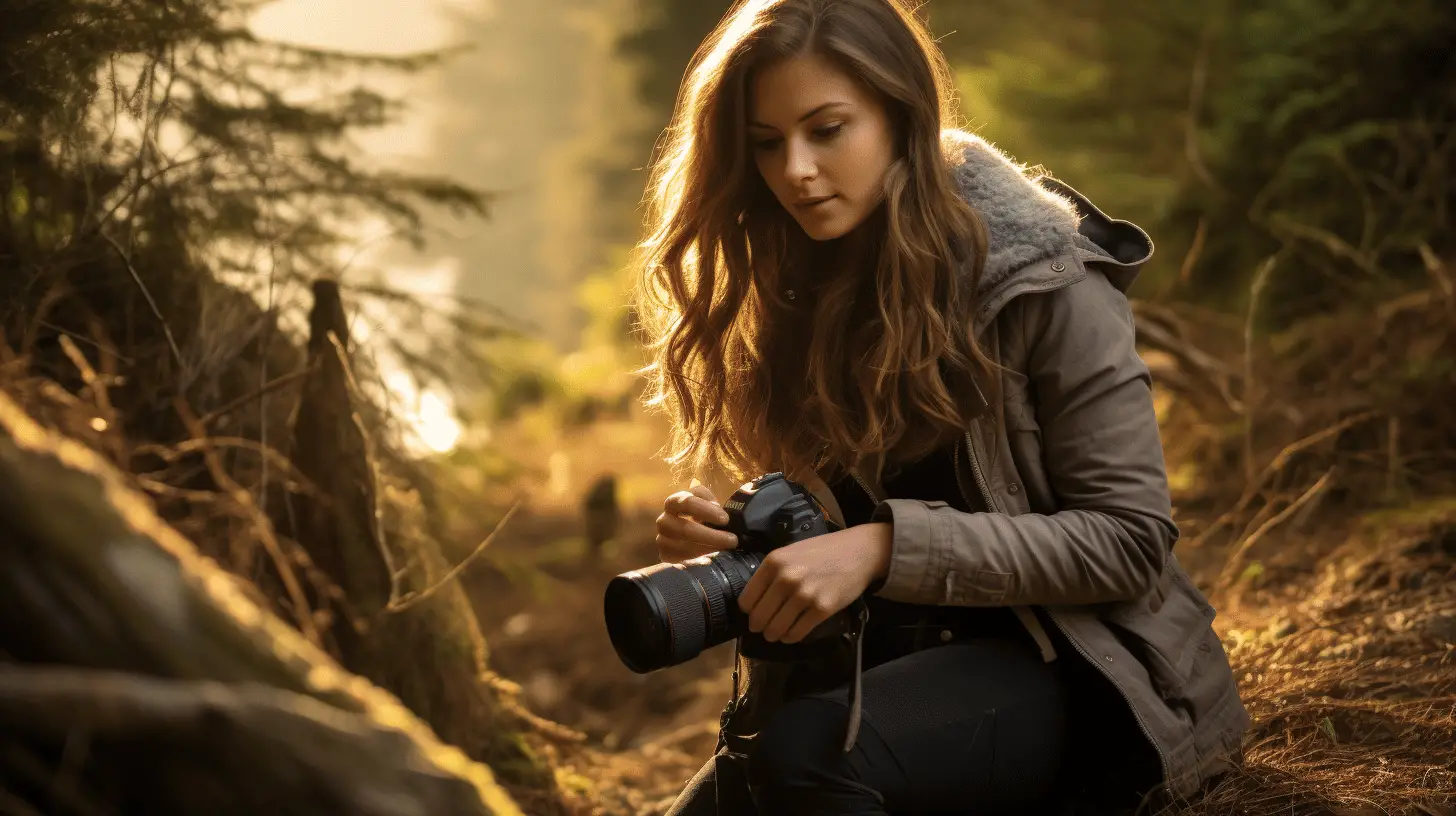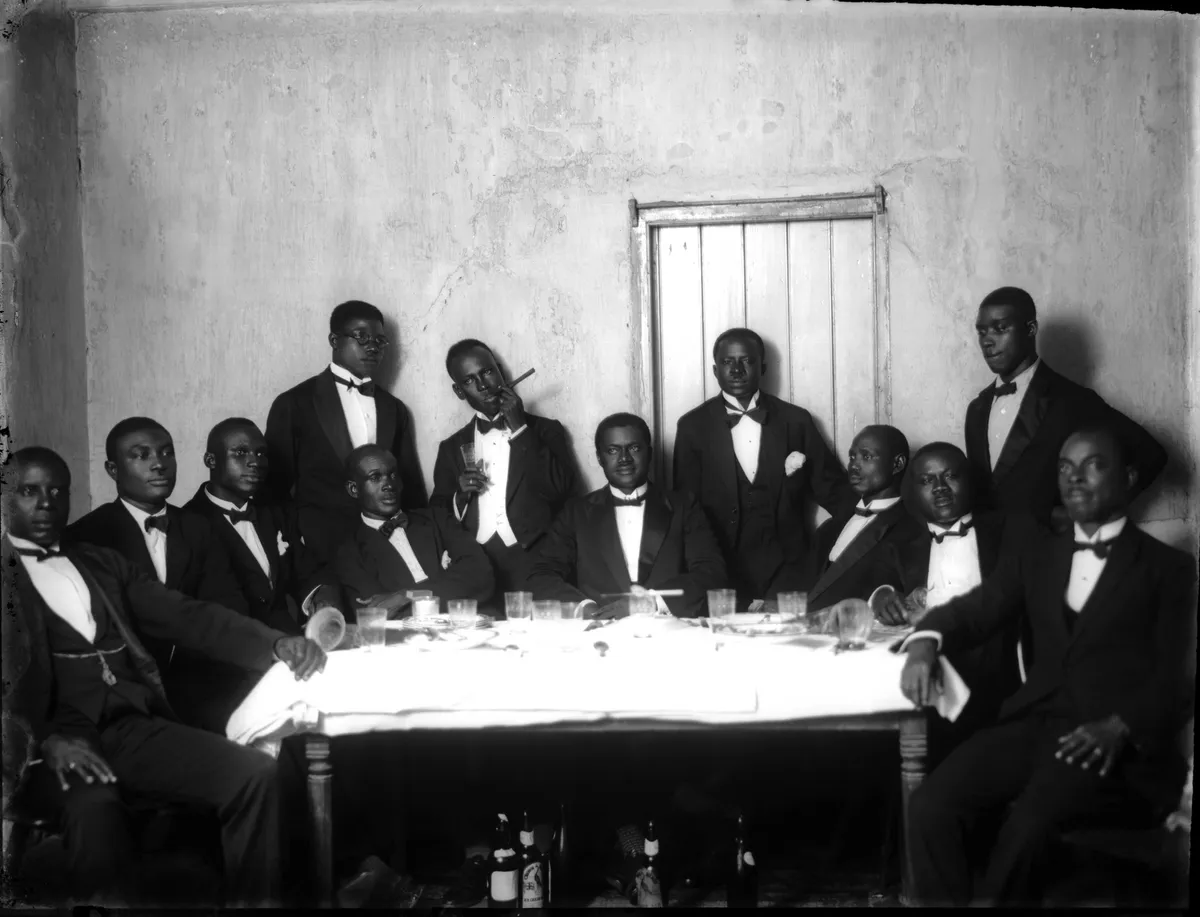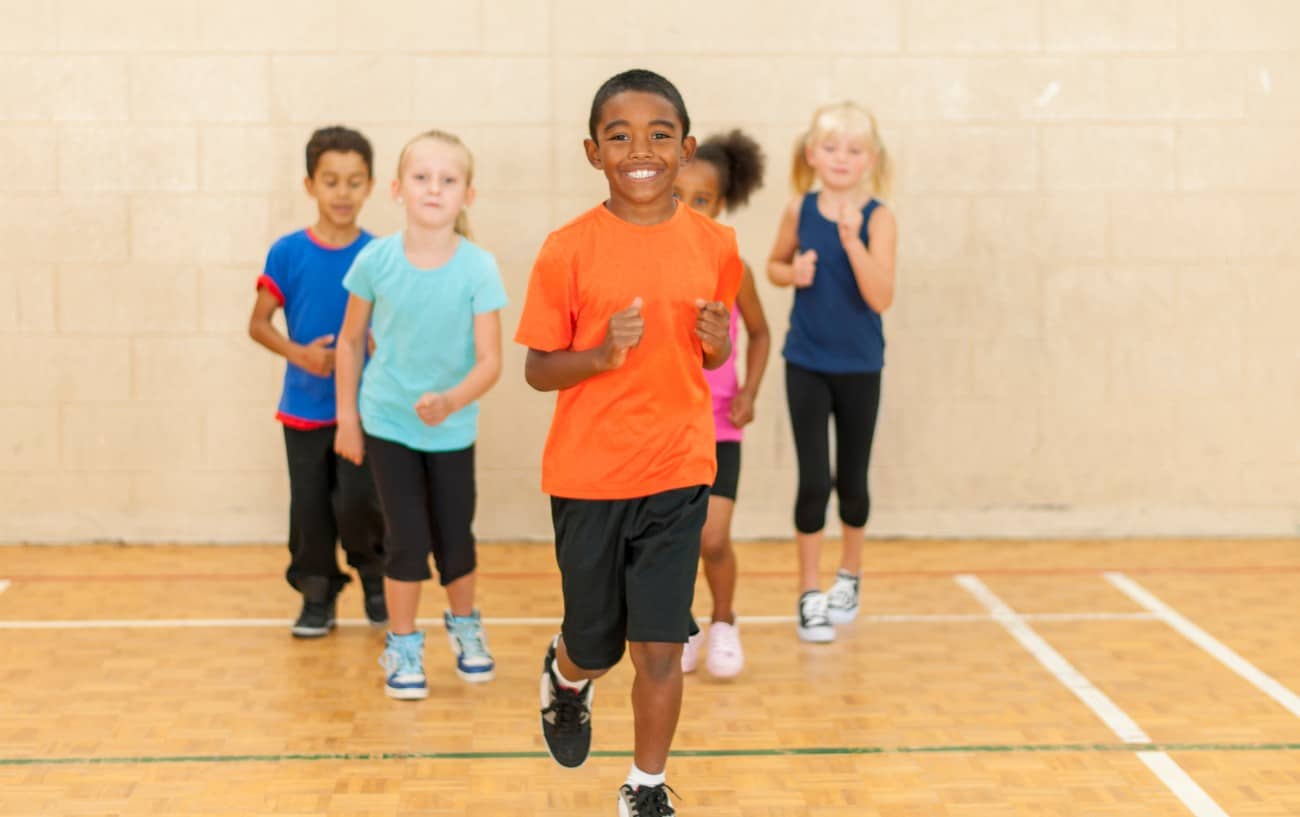Here’s the tips for camping you need to know about sleeping under the stars, from safety precautions to packing advice.
Outdoor overnights offer a refreshing escape for nature lovers who want to see more of the wilderness—and less of each other—from rustic camping experiences under twinkling night skies to plush glamping retreats with electric blankets and air-conditioned cabins.
The call of the wild is converting more and more travelers into campers. According to a 2022 camping report from The Dyrt, a popular camping trip planning website, more than 66 million people went camping in the United States last year, with 8.3 million trying camping for the first time.
Sponsered5
National parks have also seen an increase in popularity. Despite the fact that visitation numbers across the entire National Park System remain below pre-pandemic levels, forty-four parks set a new record for recreation visits in 2021. Between April and October, several parks have implemented a timed-entry reservation system to encourage visitors to visit during off-peak hours or to explore less crowded recreation areas. After all, getting away from crowds is one of the benefits of camping.
Whether you’re new to camping or prefer resort beds to sleeping bags, these tips will guide you through close encounters with nature that will bring you discovery, joy, and a deeper connection to the natural world. If you can stay awake, you might even see a shooting star.
Where to camp
Why it matters: A camping trip’s location, whether in a national park or a recreation area, can make or break it. “As more requirements are added, location becomes more important. “What I mean is that if I have a family and a dog with me on the trip, they all need to be comfortable and safe,” Fliss explains. Some campgrounds require advanced reservations, but many accept walk-ins.
Sponsered5
Think less popular: The majority of campsite reservations in the National Park Service (NPS) are made through Recreation.gov. However, with some national parks experiencing record-breaking tourism, consider showing some love to less-visited areas. When compared to their popular neighbors—Denali, Mount Rainier, and Zion, respectively—Lake Clark, North Cascades, and Great Basin all have low visitation numbers, though it is worth noting that even the most popular national parks are experiencing a drop in numbers right now. National monuments, preserves, and recreation areas are among the other NPS lands with campsites. National forests, which are managed by the United States Forest Service, also provide lodging.
Use maps: Zoom out and look around a map of a well-known park to find other places nearby. Big South Fork National River and Recreation Area, for example, is located near the Great Smoky Mountains, which has consistently been the most visited national park, with over 14 million visitors expected in 2022. Its views and spaces are almost identical, if a little less mountainous, but with only a fraction of the visitors.
Consider the following alternatives: To locate state parks, visit the website of each state’s Department of Parks and Recreation. ReserveAmerica is another excellent resource for locating potential locations, and Kampgrounds of America can help with private campsites.
Sponsered5
Go wild: With wild camping, also known as dispersed camping, you can just hunker down at some sweet spot, usually without a permit, fee, or reservation. While some national parks and forests do have a few spaces that allow for wild camping, areas overseen by the Bureau of Land Management (BLM) are the best bet. People can camp for up to 14 days within a 28 consecutive-day period on BLM’s public lands.
What to bring :
The basics: The right tent for you should take two major factors into account: size and season rating. Sizing is typically determined by how many people a tent can sleep, and if comfort is desired, larger is always better. Season ratings indicate when the tent works best, and most are three-season tents, meaning they can be used in the spring, summer, and fall. A four-season tent will provide extra weather protection and heat retention during the winter.
The same considerations apply to a sleeping bag as they do to a tent. Three-season bags are appropriate for both hot and cold temperatures and can be identified by their temperature rating, which will range from 15 to 30 degrees Fahrenheit. Sleeping pads, which are simply cushioned pads, can be used in conjunction with a sleeping bag to add comfort and insulation, but they can also be used as a bed on their own.
Sponsered5
Small but essential: Remember to pack a flashlight or headlight, batteries, a lighter (for a campfire), a first-aid kit, bug repellent, sunscreen, and extra clothing. Bring printed maps as a backup for digital mapping apps if you’re backpacking or overlanding.
Leave no trace: We want to leave places better than we found them, so it’s crucial to avoid littering and to take any trash out. You never know what the trash bin situation is at the campsite, especially if you go the wild route, so bring your own trash bags.
The same logic applies to restroom requirements. If there are no physical restrooms, never go near small bodies of water and always deposit any human waste in a 6 to 8-inch-deep cathole about 200 feet away from water, campgrounds, and trails (cover the cathole when finished). Travel-sized waste bags are available at some retailers, ranging from your local discount store to REI.
Sponsered5
Budget: A camping trip can range from inexpensive to expensive, depending on the equipment and location. Campsites that require reservations or fees can cost as little as $5 per night or as much as $60. Gear is an investment in and of itself, but it does not have to be. Outdoors Geek and Arrive Outdoors, for example, rent almost every type of camping item, from tents to sleeping bags to cookware. “Trying it first makes it so much easier to know what gear you need, don’t need, like, and don’t like,” says Fliss. “And you don’t have to buy anything if you don’t have fun.”
What to eat
The basics: If you intend to cook food on-site that requires a heat source, you must decide whether to use a campfire or a campstove, and there are several factors to consider if you choose the latter. Some areas restrict or prohibit campfires, while others provide grills for public use, though you must bring your own fuel. Pots, pans, plates, and utensils are other items that you may need to bring with you depending on what you plan to eat. Bring what you can from home and buy recyclable substitutes for what you can’t.
No fuss cooking: You don’t have to cook while camping if you don’t want to, and you can bring sandwiches from home just as easily. Another option is to avoid grocery shopping entirely by purchasing meal kits geared toward campers, such as those sold by REI and Patagonia Provisions, which include dishes such as red bean chili and green lentil soup.
Sponsered5
How to keep safe
Stay in touch: Whether you’re camping alone or with others, always let someone know where you’ll be and if you plan on doing any other outdoor activities such as hiking or swimming while camping. Share the location of your phone with others, which is a great way for loved ones to check in to see if you’re safe.
Always bring a portable battery with you in case anyone’s phone runs out of power. Cell phone signals, on the other hand, are notoriously weaker the further you go into nature, which can be tricky if you’re using it to navigate. Users of the Google Maps and Gaia GPS apps can download maps to use offline.
Keep your distance: Enjoy the outdoors, but respect wildlife. Check ahead of time to see if there are any issues with dangerous insects or animal sightings.
Sponsered5
Watch the flames: When it comes to using open flames outside, there are numerous fire hazards. If you’re going somewhere where campfires are permitted, make sure to read up on fire safety first. Never leave a campfire unattended, keep water nearby to put it out, and make sure it’s completely out before going to bed.
Sponsered5




